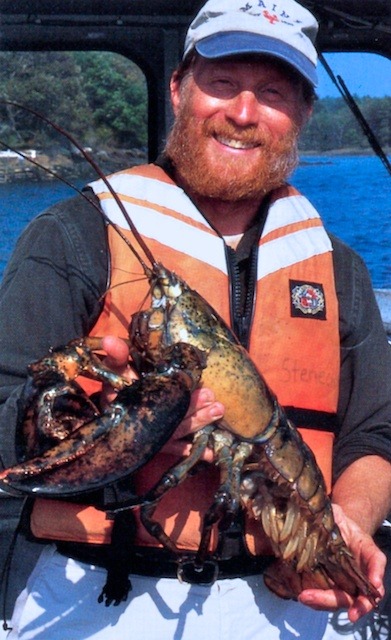Too Much of a Good Thing?

This is a pile of lobsters photographed on the coast of Maine around 1870. Lately the piles of lobsters being hauled in by Maine lobstermen are even bigger. That’s partly because lobsters are all that’s left in the Gulf of Maine for fishermen to catch—most of the cod, haddock, hake, and other fish have long since been wiped out from overfishing. This means that baby lobsters have few predators, which probably helps more of them survive. For now, that’s great news for lobstermen.
This causes a new problem, though. “Monoculture” is a word you often hear to describe farming methods that eliminate diversity by planting vast swaths of only one crop. The same thing can happen in the sea. The fishing industry in the Gulf of Maine now relies almost entirely on a monoculture of lobsters. This is dangerous because monocultures are often more susceptible to disease or ecological damage. Worse, if you lose your monoculture harvest, there’s nothing else to turn to—no diversity of alternative crops or sea creatures.  And monocultures are very hard to change, because the farmers—or, in this case, fishermen—who depend on them for their livelihoods have developed a strong economic reliance on the way things are.
And monocultures are very hard to change, because the farmers—or, in this case, fishermen—who depend on them for their livelihoods have developed a strong economic reliance on the way things are.
If you’ve read The Secret Life of Lobsters, you’ll probably remember the main biologist character in the book, the red-bearded renegade scientist Bob Steneck. Well, Bob is back in the news, having published a new paper in the journal Conservation Biology that warns of the dangers inherent in Maine’s over-reliance on lobsters. You can learn more about Bob’s latest concerns about the lobster fishery in this article in the New York Times.